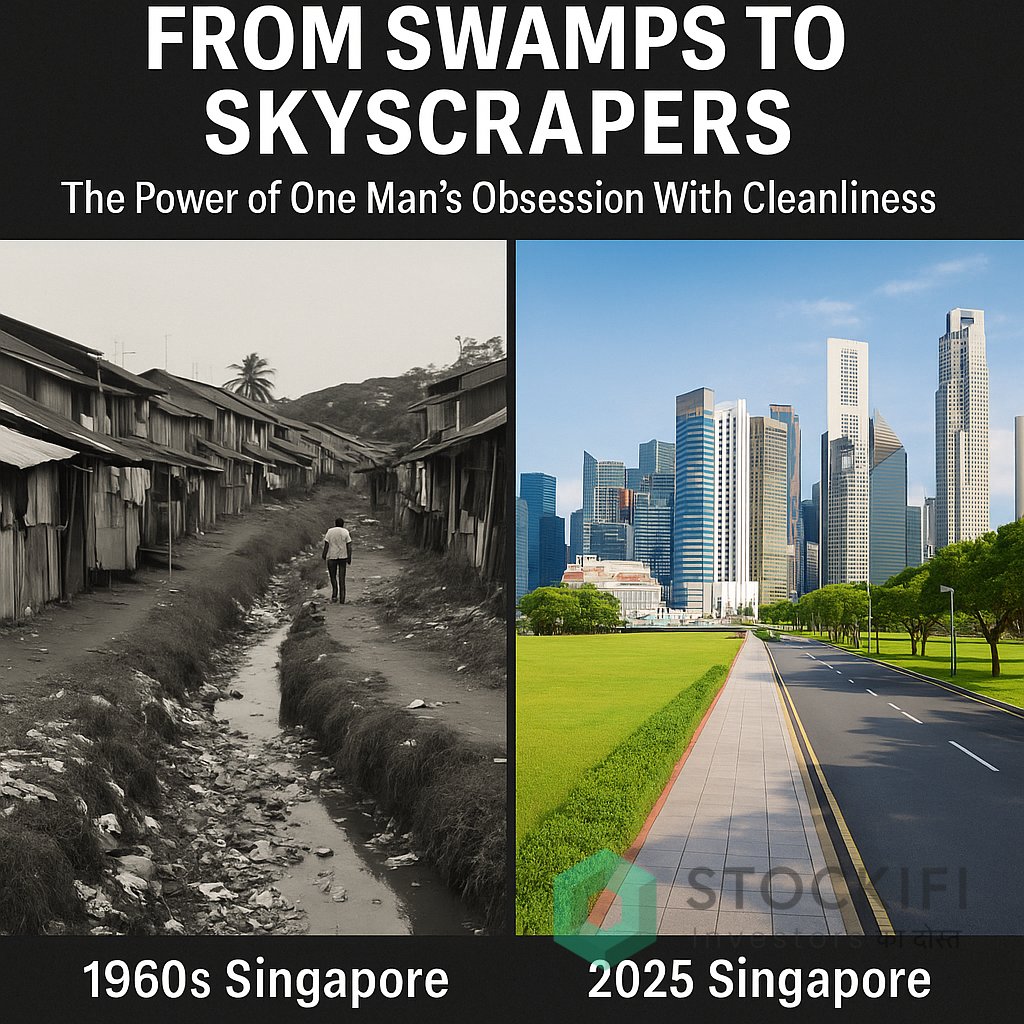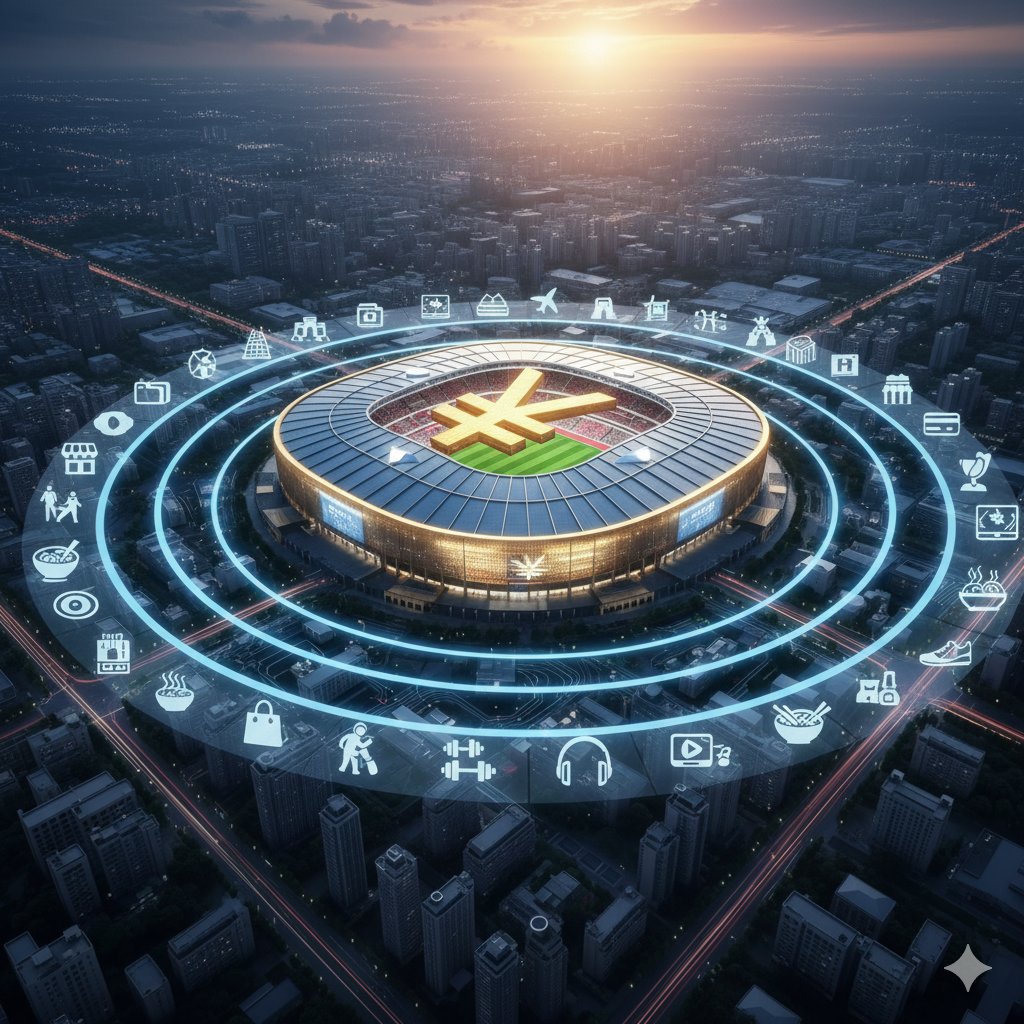Is China’s PMI fall the reason behind recent global market sell off?
A PMI (Purchasing Managers’ Index) over 50 = expansion
Below 50 = contraction
China’s PMI at 50.6 = dangerously close to flatlining.
And this isn’t just a number. It’s the heartbeat of the world’s factory.
China’s factory boom is fading?
Bookmark and retweet this thread to revisit it later
A PMI (Purchasing Managers’ Index) over 50 = expansion
Below 50 = contraction
China’s PMI at 50.6 = dangerously close to flatlining.
And this isn’t just a number. It’s the heartbeat of the world’s factory.
China’s factory boom is fading?
Bookmark and retweet this thread to revisit it later

Why does a dip in China’s PMI send global shivers?
Because China is still:
● The world’s largest exporter
● The top buyer of industrial commodities
● The supply chain anchor for 100+ nations
If it sneezes, global manufacturing catches a cold.
Because China is still:
● The world’s largest exporter
● The top buyer of industrial commodities
● The supply chain anchor for 100+ nations
If it sneezes, global manufacturing catches a cold.
The October 2025 number matters more than usual.
Why?
Because just a month ago, it hit a 6-month high of 51.2
Economists were cheering a recovery.
Markets priced in a rebound.
Investors got comfortable.
And now?
It just reversed.
Why?
Because just a month ago, it hit a 6-month high of 51.2
Economists were cheering a recovery.
Markets priced in a rebound.
Investors got comfortable.
And now?
It just reversed.
This isn’t just a Chinese issue.
Here’s what a slowing China triggers across the world:
● Commodity prices soften (steel, copper, oil)
● Export-heavy economies lose orders
● Emerging markets face deflation pressure
● Supply chains slow down again
● Foreign investments retreat from risk
Here’s what a slowing China triggers across the world:
● Commodity prices soften (steel, copper, oil)
● Export-heavy economies lose orders
● Emerging markets face deflation pressure
● Supply chains slow down again
● Foreign investments retreat from risk
Now imagine what that means for India.
● China slows = orders from India drop
● Input costs shift = raw material volatility
● Global growth fears = FII outflows begin
● Stock market momentum weakens
But the scariest part?
China’s slowdown isn’t about just demand.
It’s about structural fatigue:
● Youth unemployment near 20%
● Property sector still collapsing
● Consumer spending weak
● Deflation ghost creeping back
● Foreign firms relocating quietly
The dragon is tired—and dragging everyone with it.
● China slows = orders from India drop
● Input costs shift = raw material volatility
● Global growth fears = FII outflows begin
● Stock market momentum weakens
But the scariest part?
China’s slowdown isn’t about just demand.
It’s about structural fatigue:
● Youth unemployment near 20%
● Property sector still collapsing
● Consumer spending weak
● Deflation ghost creeping back
● Foreign firms relocating quietly
The dragon is tired—and dragging everyone with it.
October’s PMI drop is just the surface crack.
What lies beneath:
● Slower global iPhone production
● Delay in auto components to Europe
● Chemical supply chain disruptions in India
● Software project cuts from Chinese clients
Every sector gets hit differently but surely.
What lies beneath:
● Slower global iPhone production
● Delay in auto components to Europe
● Chemical supply chain disruptions in India
● Software project cuts from Chinese clients
Every sector gets hit differently but surely.
Let’s make it painfully real:
If you’re in:
● Pharma – raw material costs just got volatile again
● IT services – Asian clients are freezing contracts
● Manufacturing – orders from East Asia may dip
● Small exports – logistics costs could shoot up
This is the domino effect that hits silently:
Chinese slowdown → Global slowdown → India slowdown → Your salary, your bonuses, your growth freeze
Not instantly.
But unavoidably.
If you’re in:
● Pharma – raw material costs just got volatile again
● IT services – Asian clients are freezing contracts
● Manufacturing – orders from East Asia may dip
● Small exports – logistics costs could shoot up
This is the domino effect that hits silently:
Chinese slowdown → Global slowdown → India slowdown → Your salary, your bonuses, your growth freeze
Not instantly.
But unavoidably.
The world may have de-risked from China…
But it hasn’t decoupled.
70% of India’s API imports still come from China.
40% of electronics components still China-based.
Your “Made in India” still has a Chinese spine.
But it hasn’t decoupled.
70% of India’s API imports still come from China.
40% of electronics components still China-based.
Your “Made in India” still has a Chinese spine.
This isn’t just a macro story.
It’s a market trap.
Markets love the illusion of recovery.
Then rug-pull when data turns sour.
That’s what this PMI drop is: a quiet rug pull.
The rebound is on pause. The fear is loading.
→ Join Stockifi Community to download the detailed research report PDF of our latest potential multibagger idea
👉 Join Now t.me/stockifi
It’s a market trap.
Markets love the illusion of recovery.
Then rug-pull when data turns sour.
That’s what this PMI drop is: a quiet rug pull.
The rebound is on pause. The fear is loading.
→ Join Stockifi Community to download the detailed research report PDF of our latest potential multibagger idea
👉 Join Now t.me/stockifi
• • •
Missing some Tweet in this thread? You can try to
force a refresh










